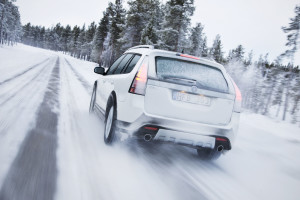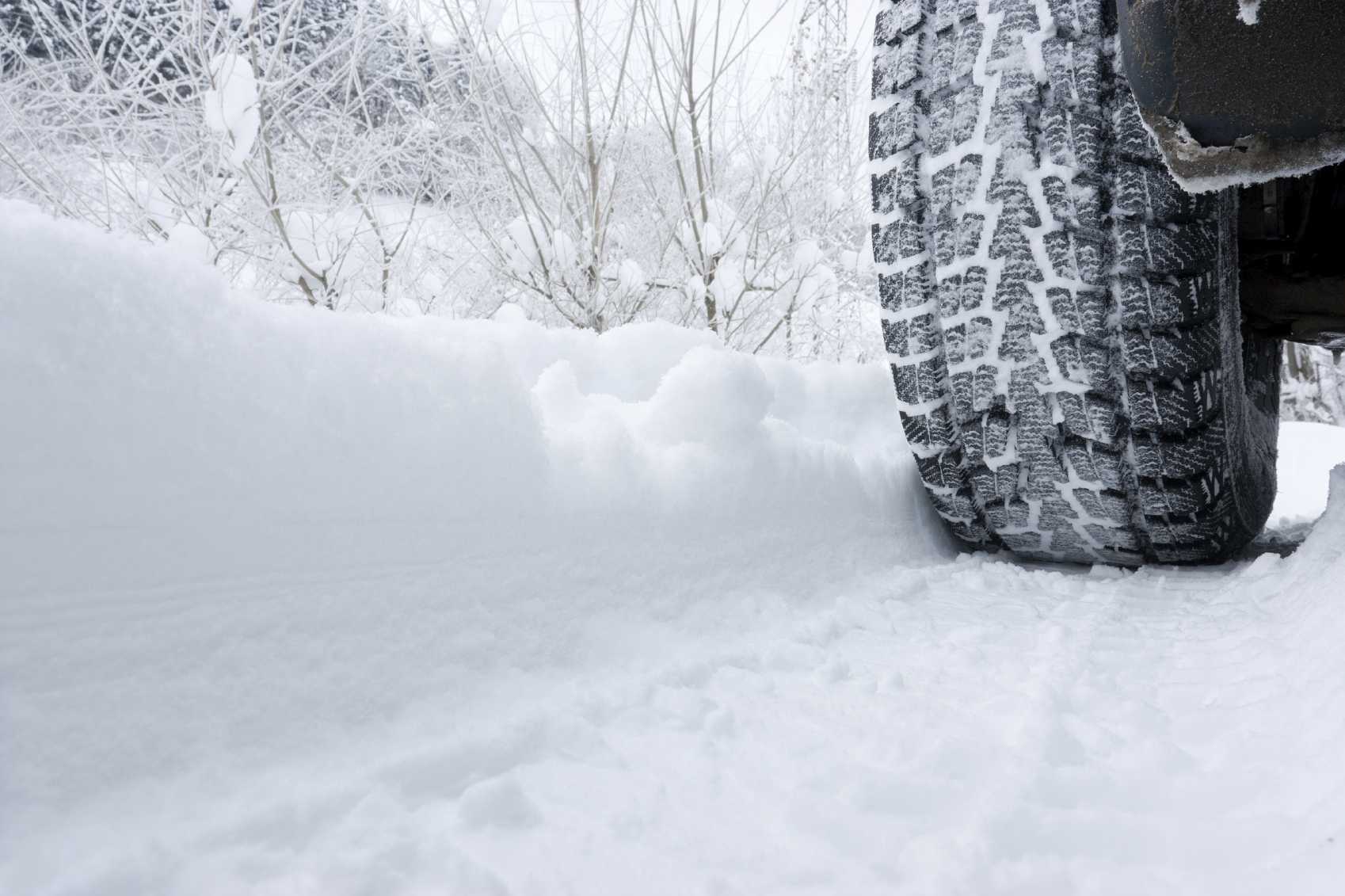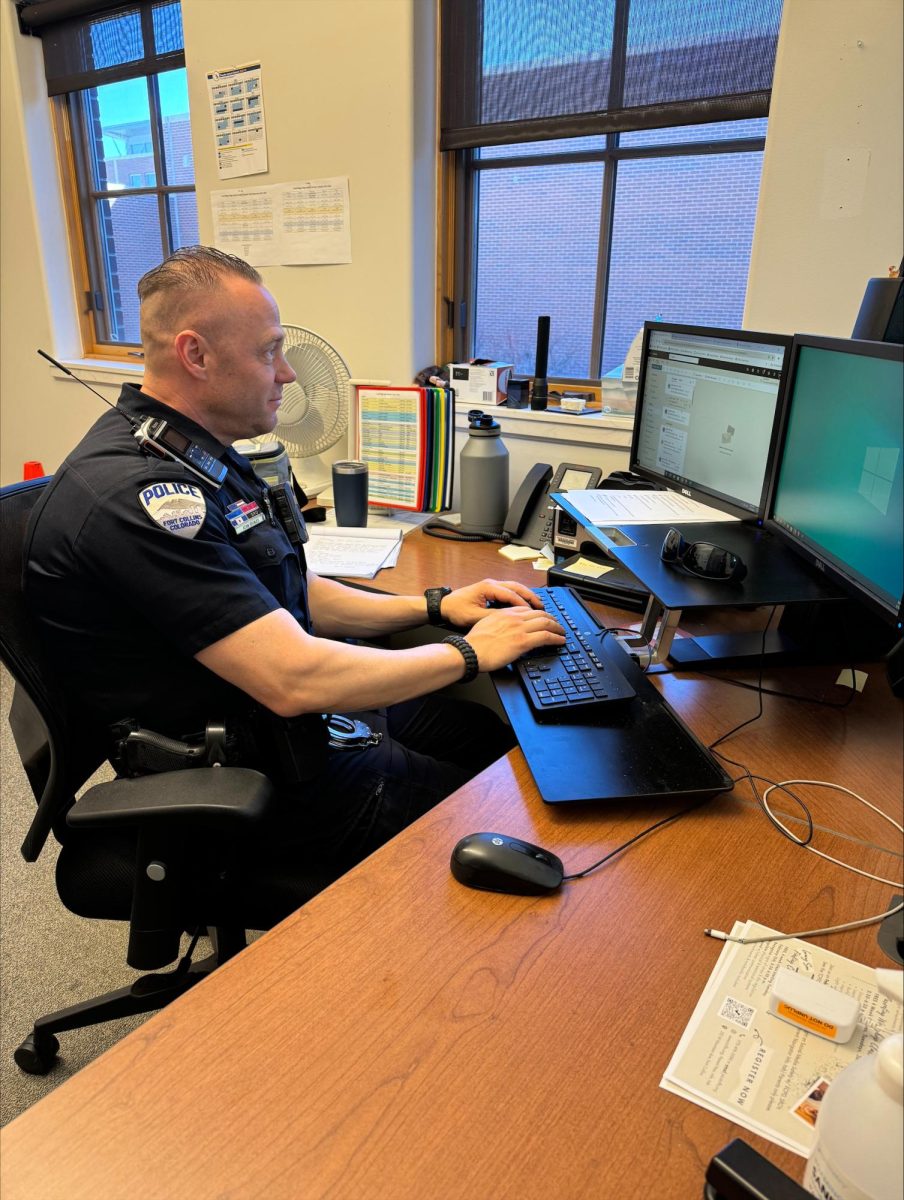
According to AAA, the average working adult drives over 13,000 miles per year. Statistically, high school drivers have the least experience on the road with many students driving less than 5,000 miles a year. Due to their lack of practice on the roads, driving in the snow can be very dangerous for many high school drivers. Many student cars do not have four wheel drive or snow tires because many people simply cannot afford a car with those features. This makes commuting to school even more risky for high school students.
Nearly 76,000 individuals nationwide are injured in vehicle accidents caused by snowfall each year. These accidents are caused by the common misconception of people thinking their car’s reaction time will be the same on snow covered roads. Students say they are most likely to make this mistake when they are pulling out of their own driveway. “I feel like my neighborhood is the most dangerous place to drive when it snows because the roads aren’t plowed. Lots of cars are making turns and going around roundabouts. There’s a lot of opportunities to slide and wreck,” explained FRHS junior Aidan Van Alstyne.
Below are some tips for lowering the risk of getting in an accident while driving in the snow.
- Drive slowly. Everything takes longer on snow covered roads. Stopping, accelerating, and turning are included in this category.
- Know your brakes. Check your car’s manual to see if you have anti-lock brakes or not. Most newer will have anti-lock brakes but some older models that high school students drive might not.
- Don’t stop if you can avoid it. Once your car comes to a complete stop, it will take longer to accelerate on the snow covered roads. Try slowly cruising up to a red light instead of braking at the normal stopping distance.
- Don’t power up hills. Applying extra gas on a snow covered hill will most likely just spin your wheels. Try to build up speed before the hill and let your car’s momentum carry you to the top.
- Avoid any unnecessary trips. Try to minimize your amount of time taking the risk of driving in the snow. Only drive when it’s completely necessary.
With over 50 inches of snow falling in Fort Collins each year, driving in the snow is a common activity for every local student. You can never fully eliminate the elevated risk of driving in the snow, but following these tips can decrease it.














Tyler Ebert • Jan 21, 2016 at 2:14 pm
This is a great article, and it’s on a very relevant topic. I liked your use of statistics in the writing. It accentuated your purpose and allowed the reader to truly quantify your article’s points.
Isabella M • Jan 21, 2016 at 1:59 pm
As a freshman and new driver, this is a good article to have available, especially considering Colorado weather and the number of student drivers at the school. There were many interesting facts, and they tied back to the main point – that student drivers are in more danger than other groups. The facts were simple but useful, which means they are more likely memorable when needed.